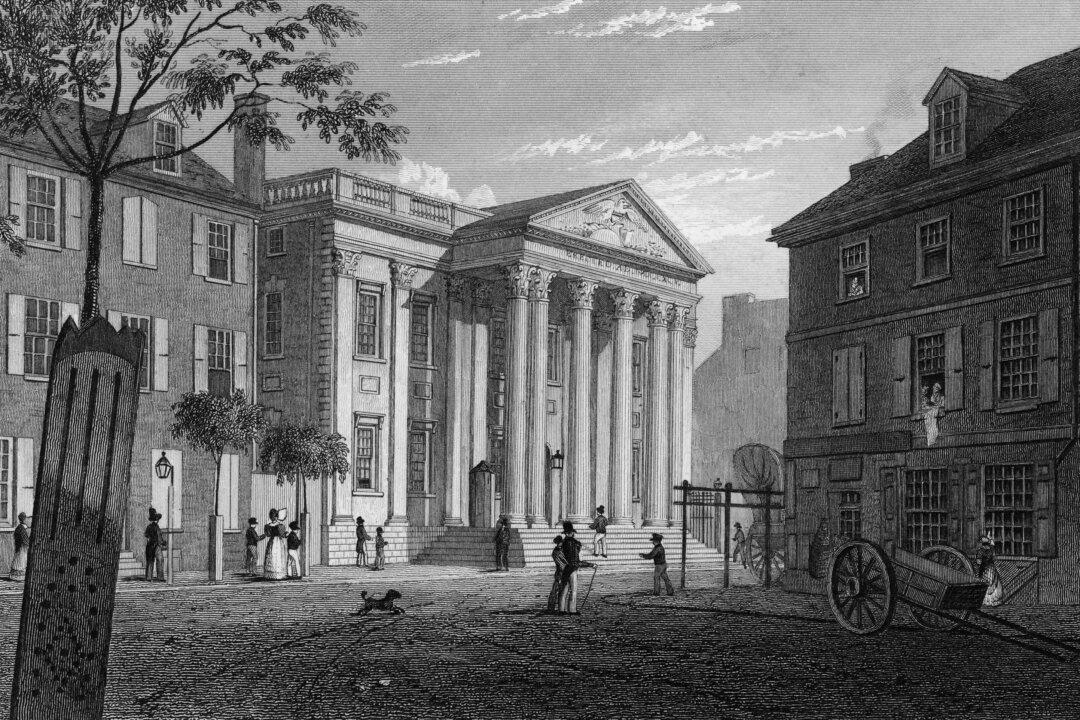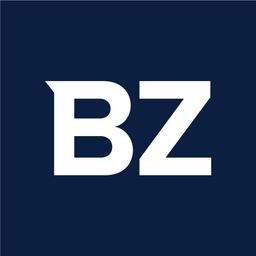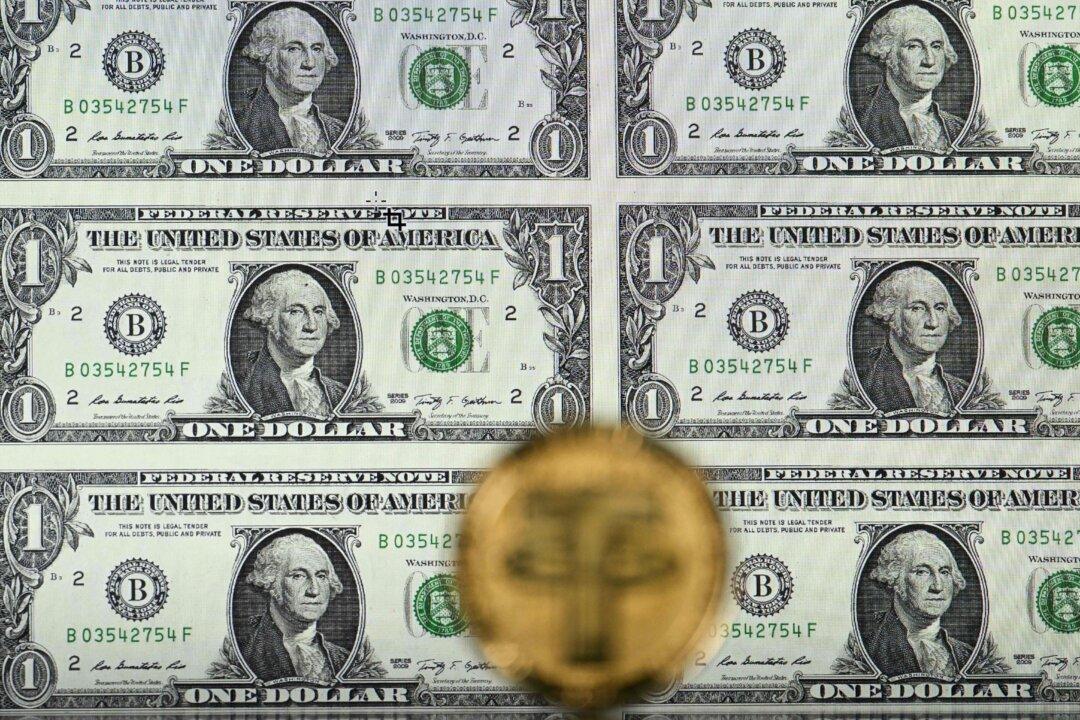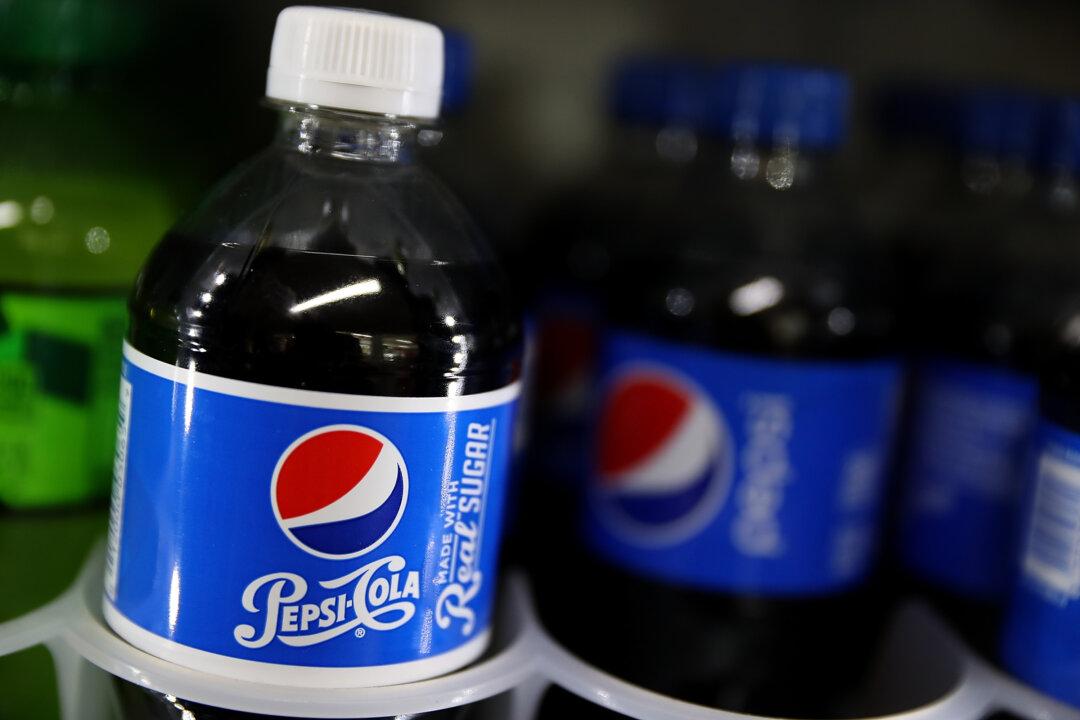Each day, Benzinga takes a look back at a notable market-related moment that occurred on this date.
What Happened
On Jan. 7, 1782, the Bank of North America opened as the United States’ first commercial bank.What Else Was Going On in the World?
Over the next few months, Congress established the U.S. Mint, and the first presidential election occurred exactly seven years later.First Central Bank Forms
The Bank of North America was first chartered on Dec. 31 and began operation in Philadelphia a week later. It served as the nation’s de facto central bank until 1791, when the First Bank of the United States seized the role.The brainchild of Alexander Hamilton got its start under Superintendent of Finance Richard Morris, who also proposed the establishment of the national mint. Morris deposited gold, silver, and bills borrowed from France and the Netherlands into the bank and used the supply to back new paper currency.





